

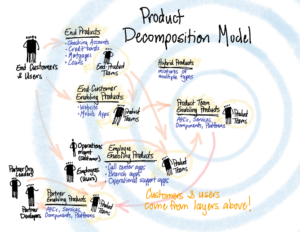
The first step for any organization adopting a product operating model or making a project to product transformation is identifying their products.
This article describes the simple product decomposition model I use to help organizations identify their digital products so that they can then organize teams around them.
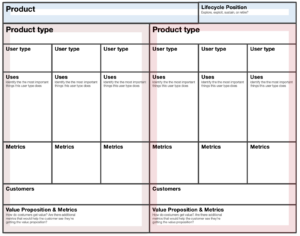
I use this simple product type canvas in conjunction with the product decomposition model to identify digital products in an organization. This simple template gives every product team enough information to understand customers and users and really measure the value their products create.
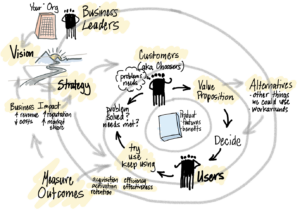
I’ve heard lots of people wrestle with defining what a product is. Those discussions always leave me confused. Because it’s a lot simpler than anyone seems to describe it. The short answer to “what is a product?” Is EVERYTHING. Everything is a product as long as you look at it through a product lens.
This article describes how to do that.
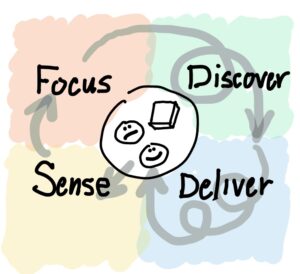
This article describes the continuous product improvement cycle: the foundational model I use in teaching product development. The article describes why products continuously improve and why there’s an expectation that tech products improve faster.

I’ve got 7 areas I think about when talking to and evaluating a product manager and here they are.
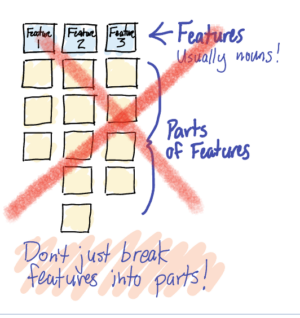
This article is really some of the common mistakes I see people and teams make when they create and work with story maps.
1. Losing the story
2. Getting lost in the details
3. Worrying too much about flow, branches, and what-abouts
4. Mapping the whole product when you’re trying to add a single feature
5. Not anchoring releases on an outcome

Organizations and the people in them irrationally and addictively build and release products that often have no real value. This article gives my best explanation why.
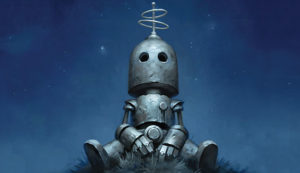
This article describes my beliefs on what product vision is and isn’t.
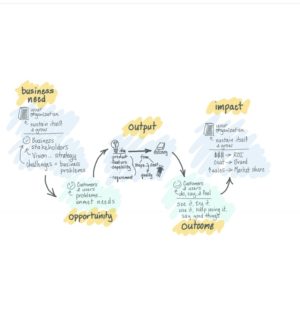
This article describes the simple language I use to describe product development: opportunity, output, outcome, and impact. But more importantly it describes the tensions and unexpected implications in the model:
- Customer problems aren’t business problems
- We can’t directly solve business problems
- On time delivery doesn’t lead to customer or business success
- Focusing on business success alone is harmful
- Focusing customer success alone is harmful
- Aligning your purpose with your organization’s purpose is really what motivates us.
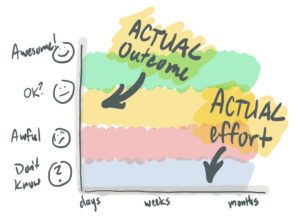
Beam me up We all understand how a star trek transporter works. Which is surprising since it’s not real and I don’t even understand how my toaster oven works. But,…






